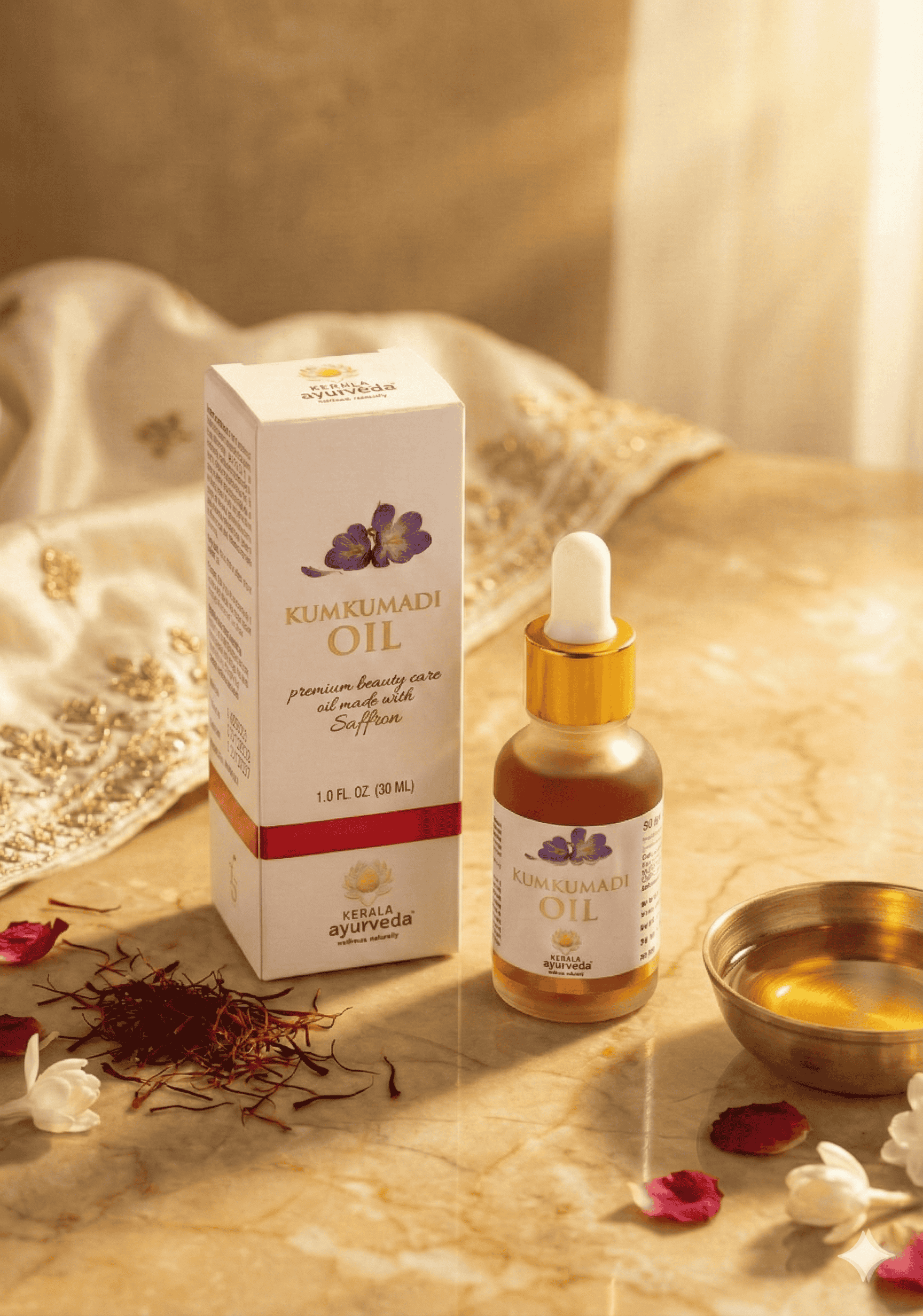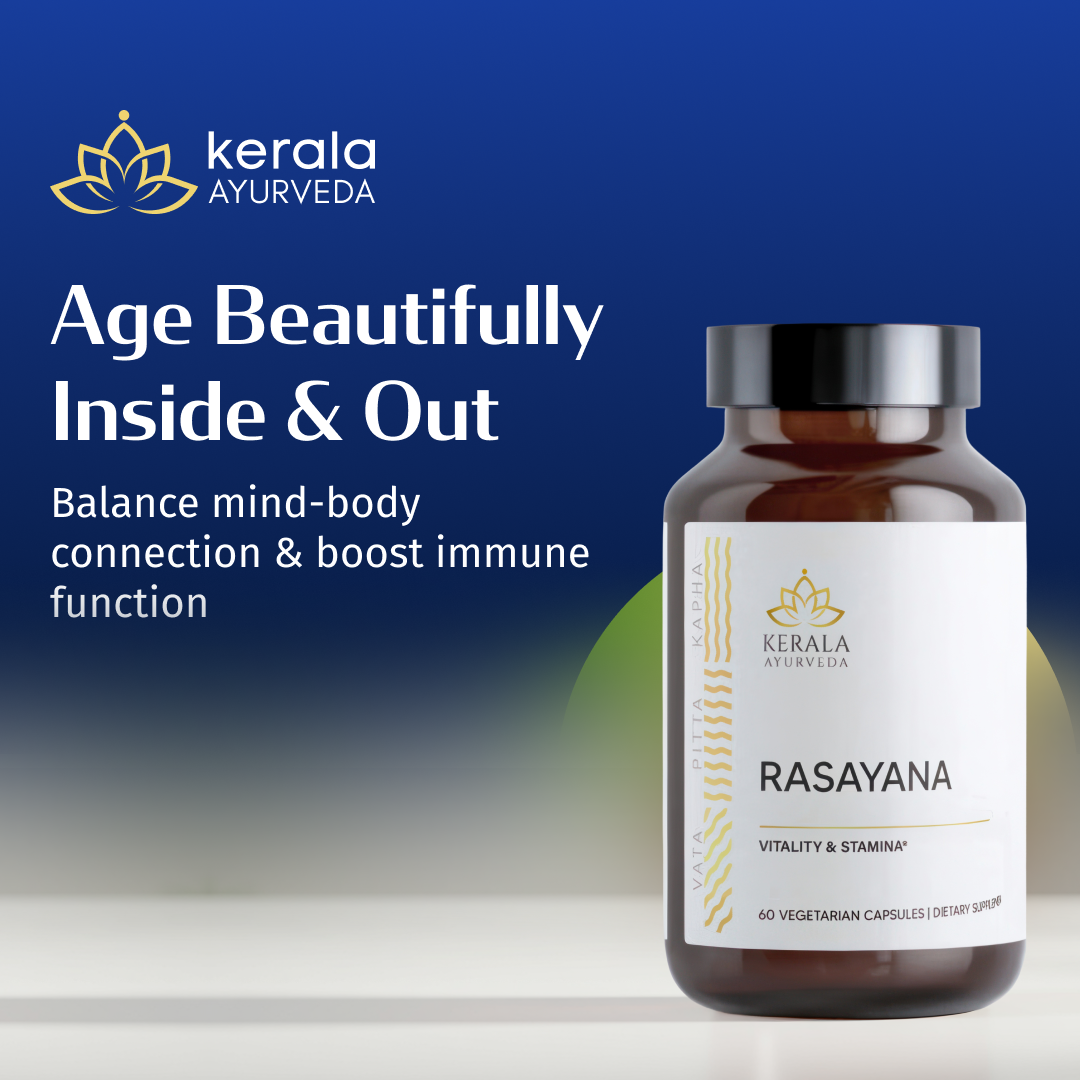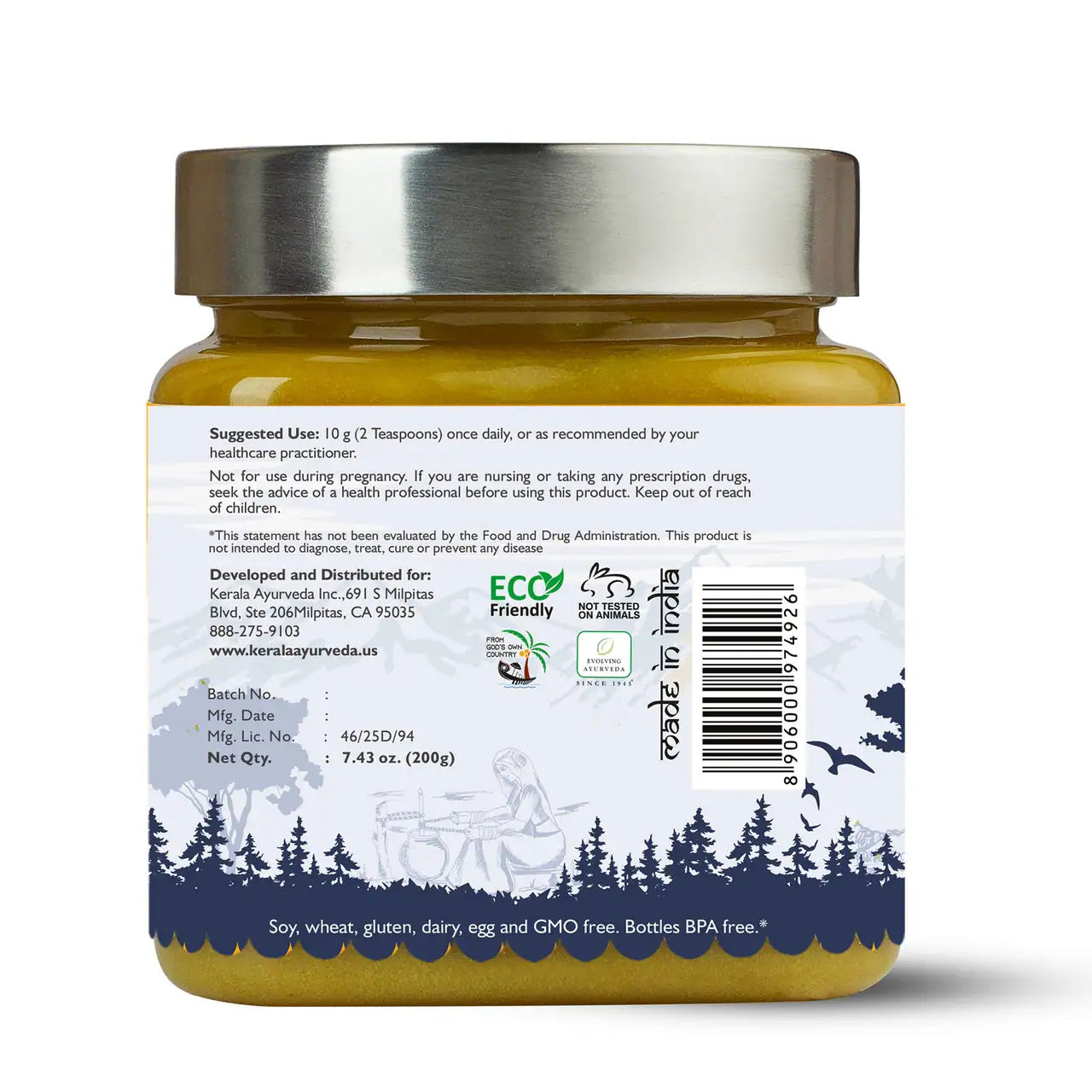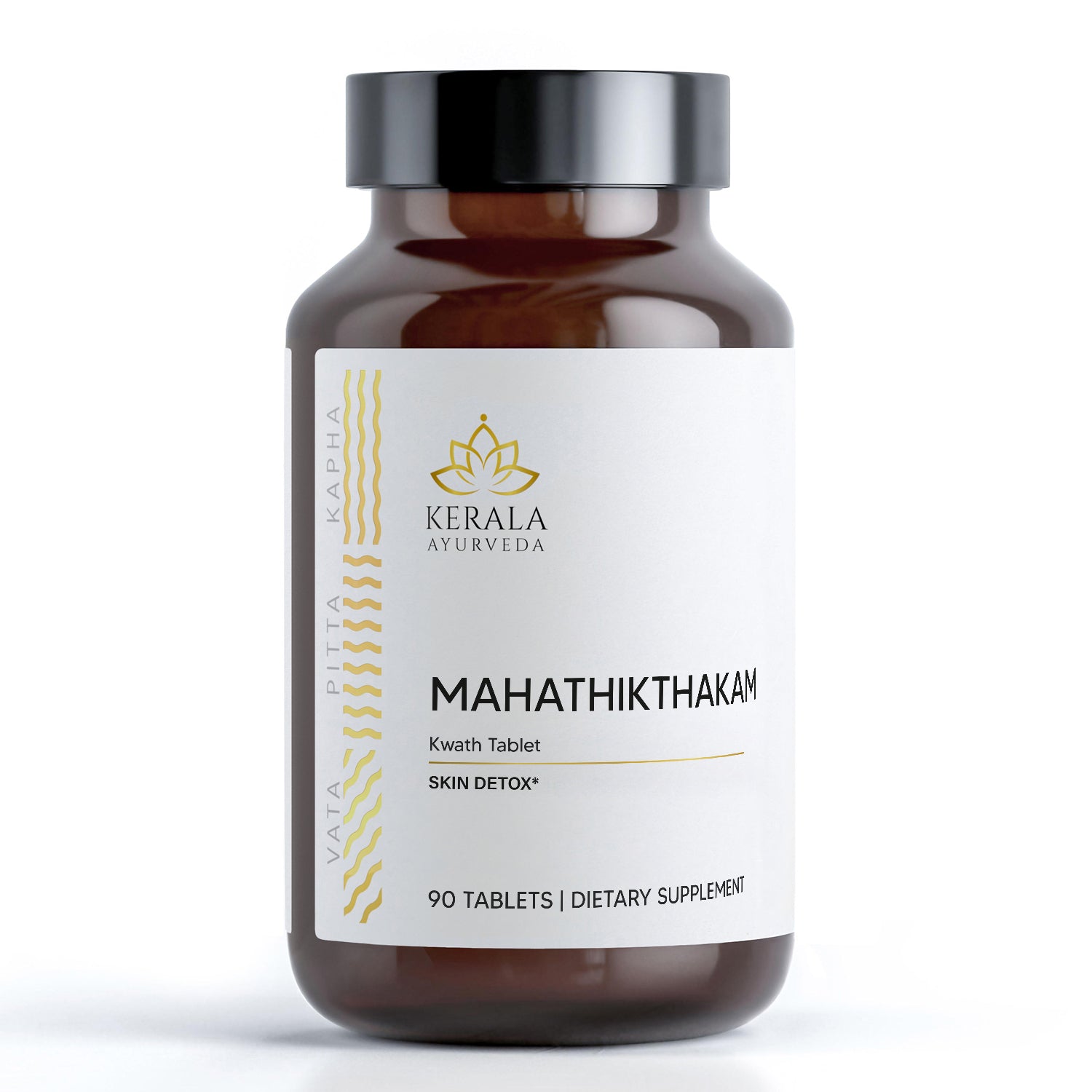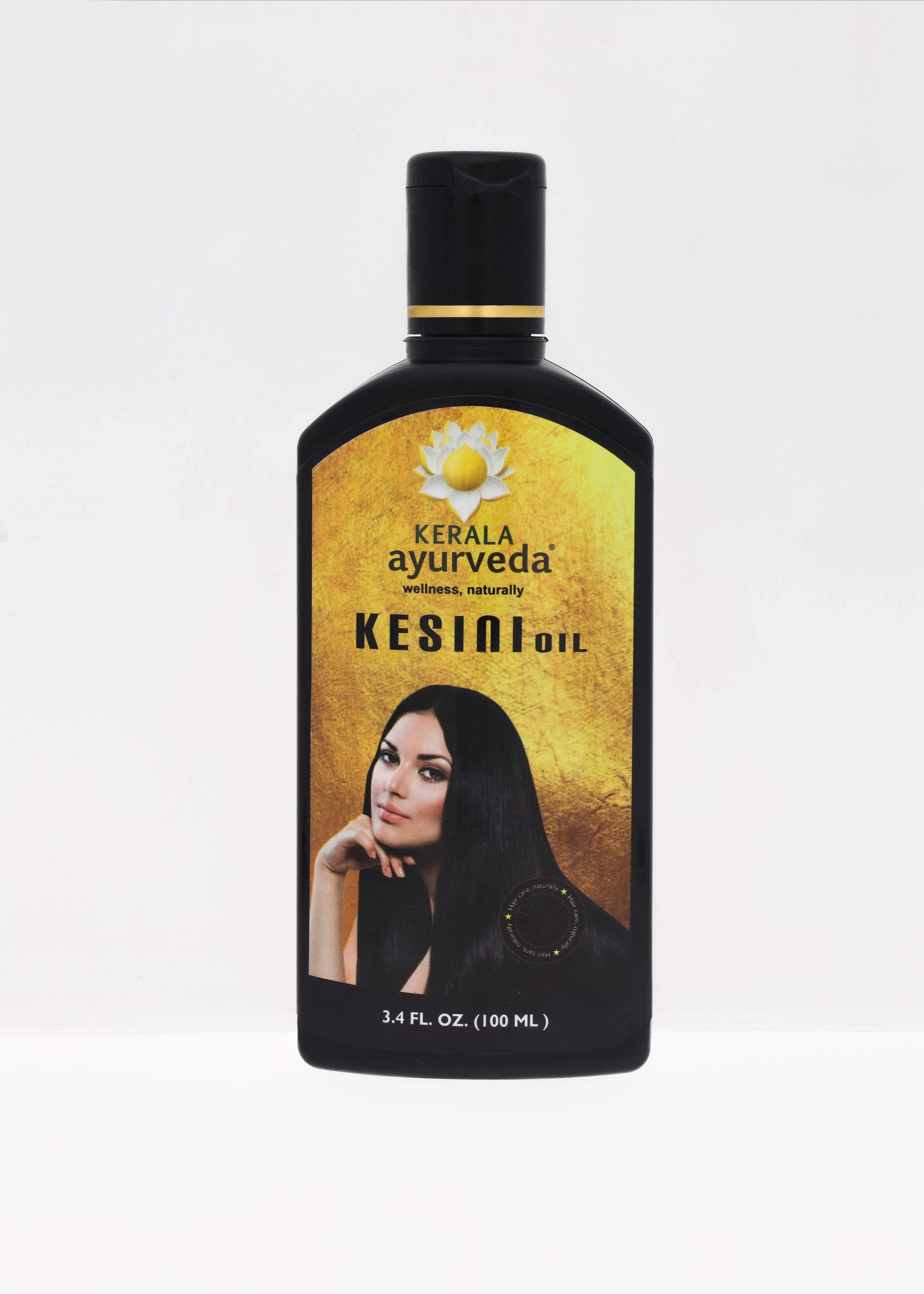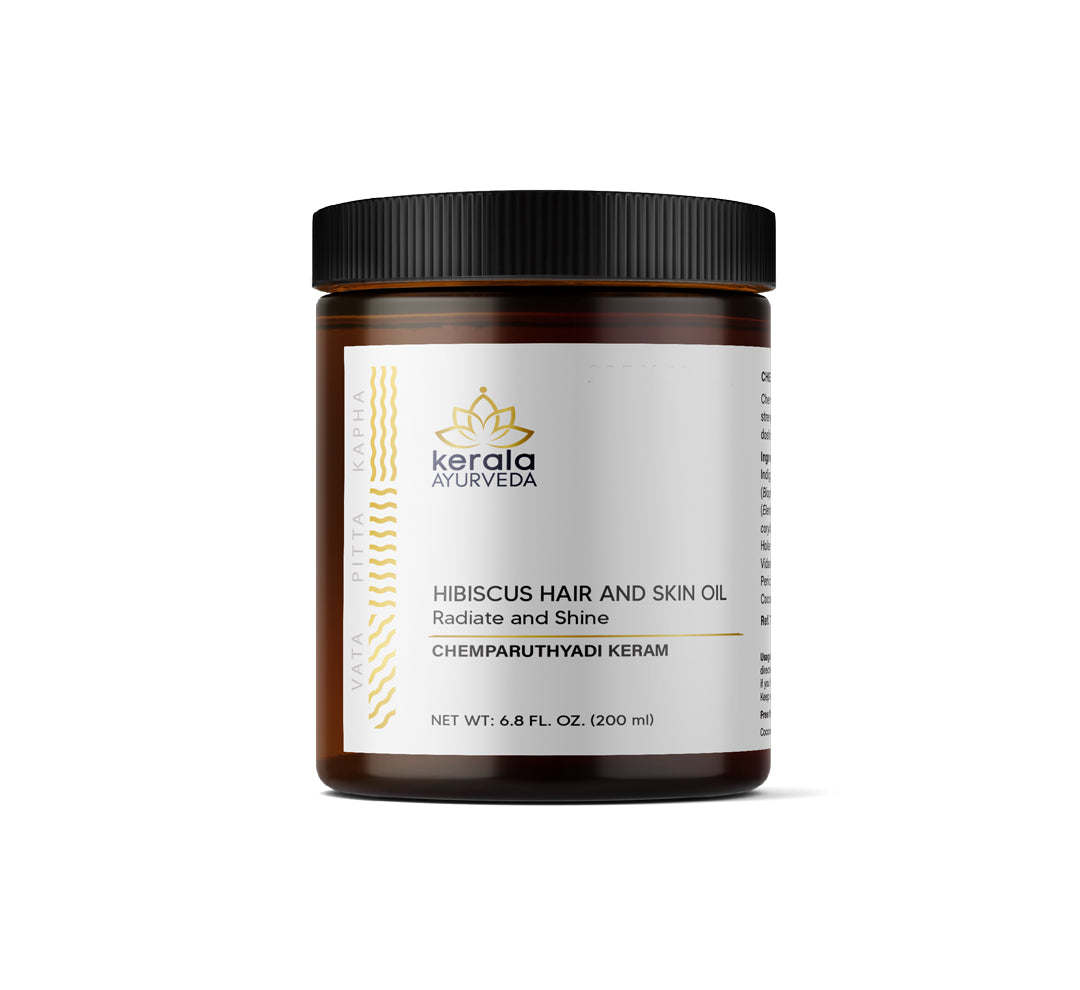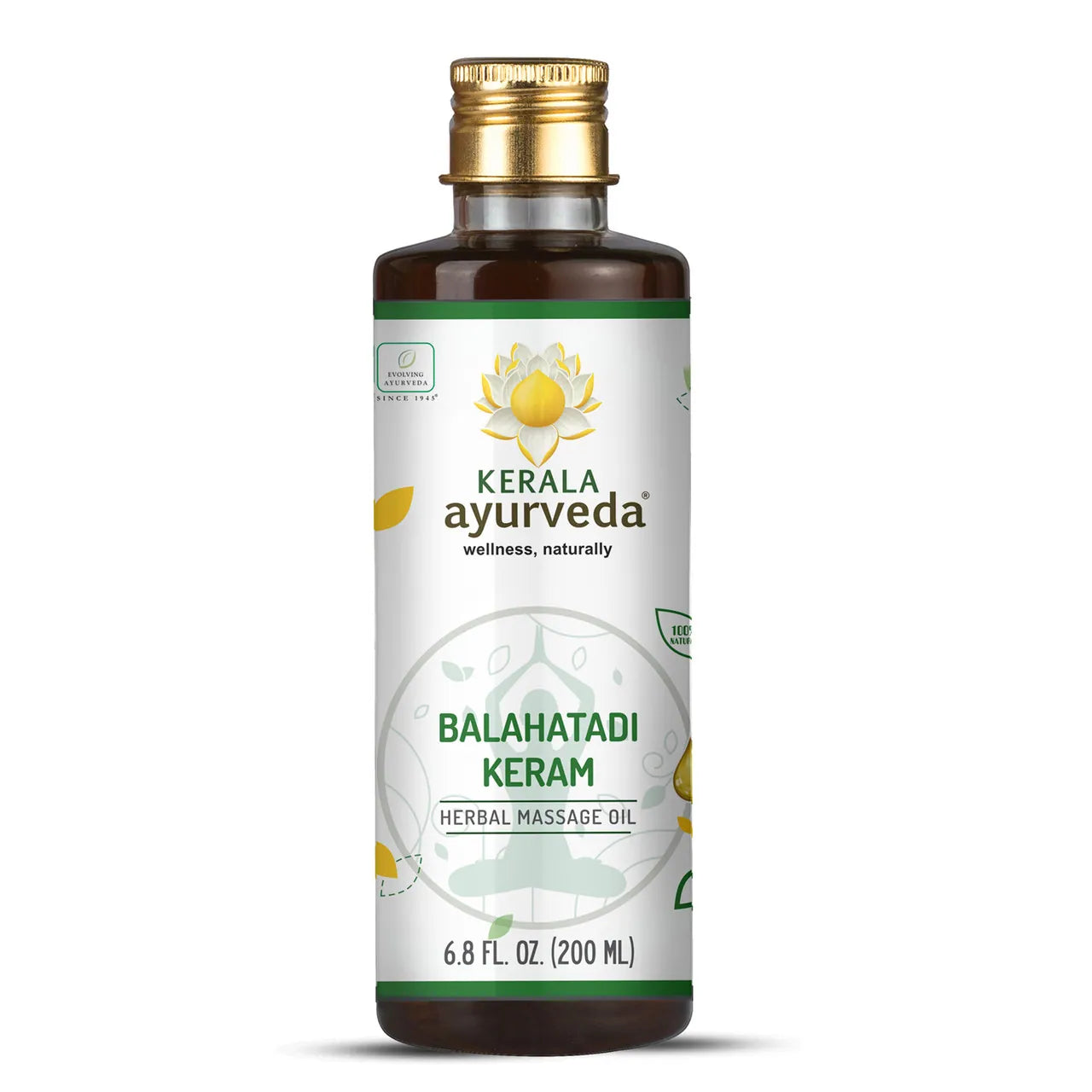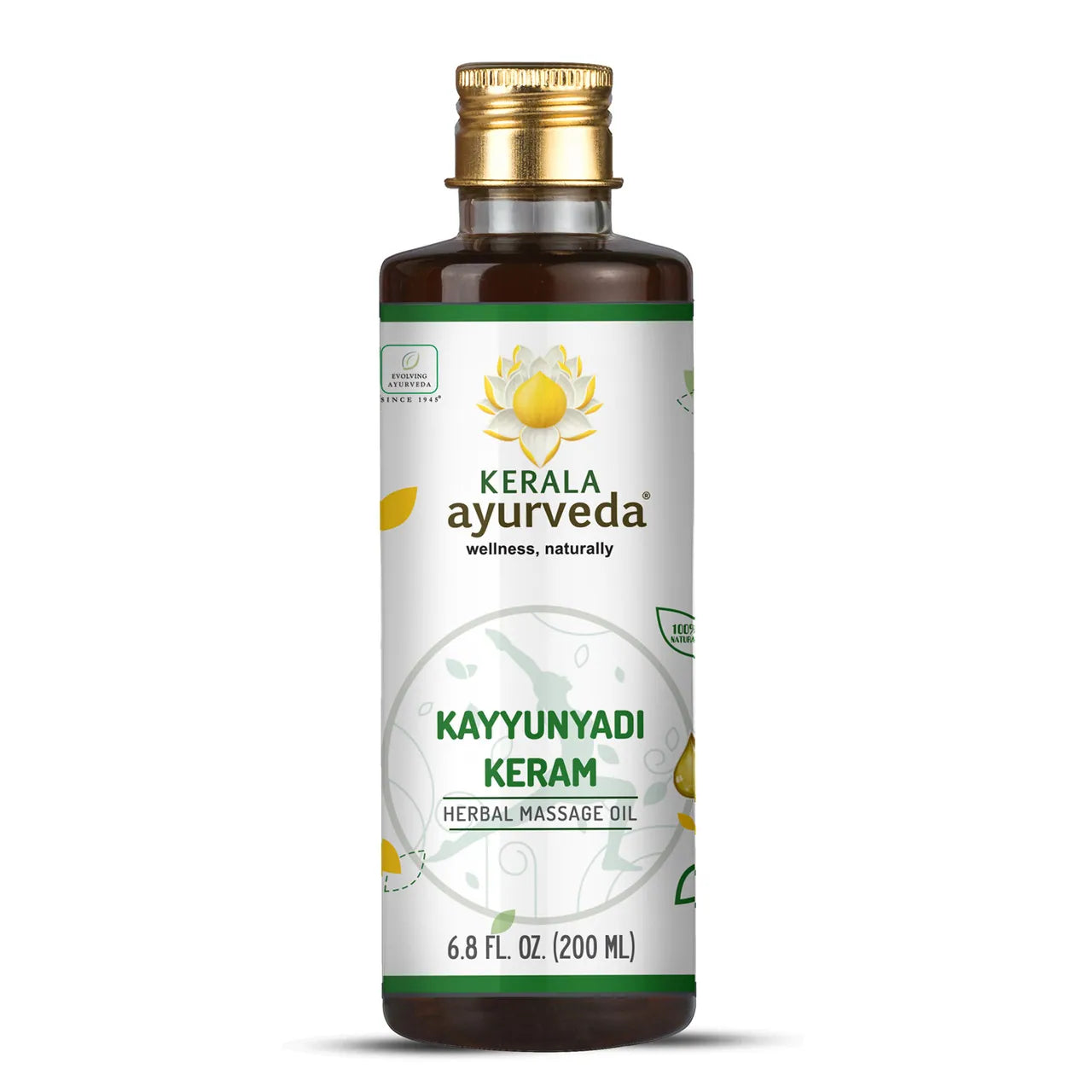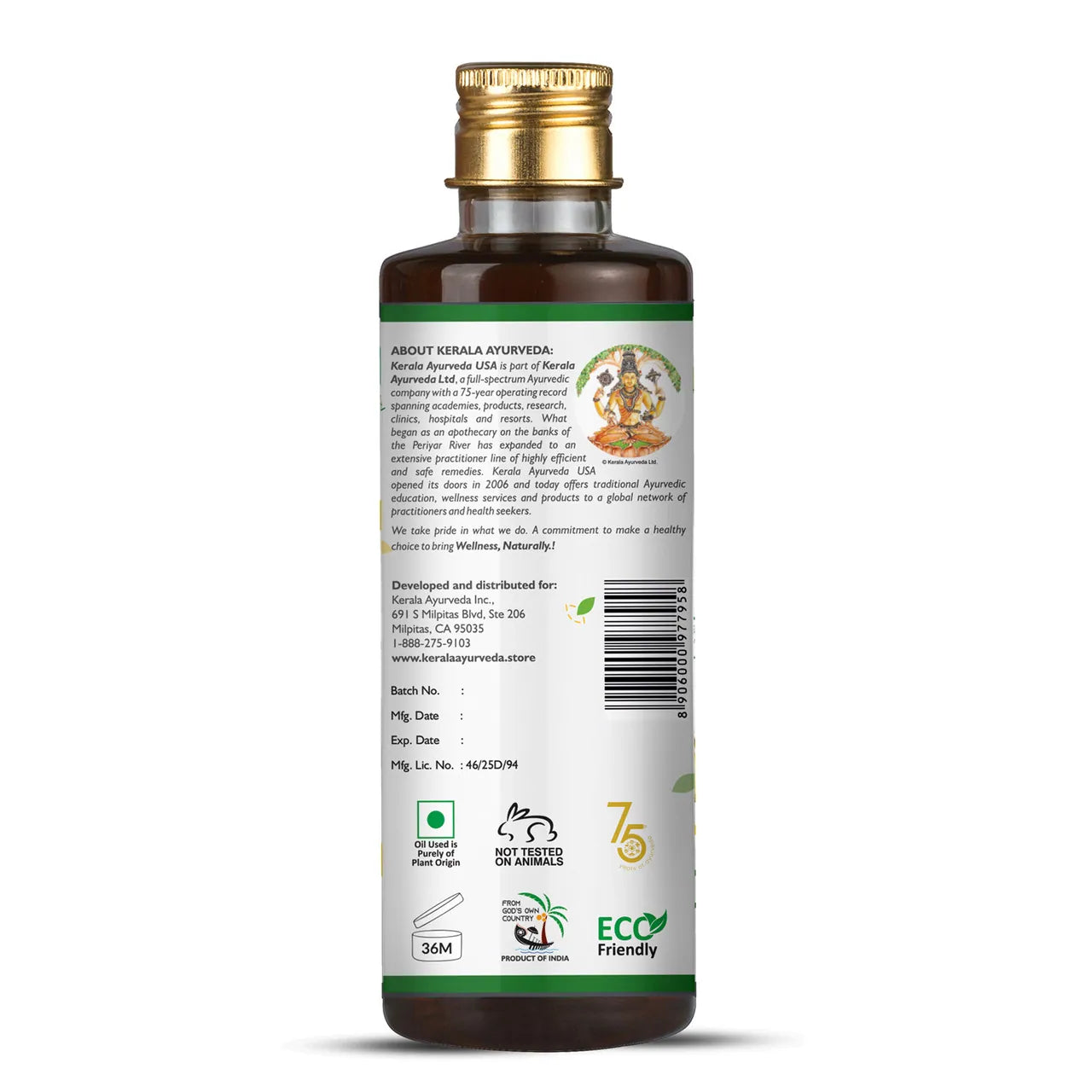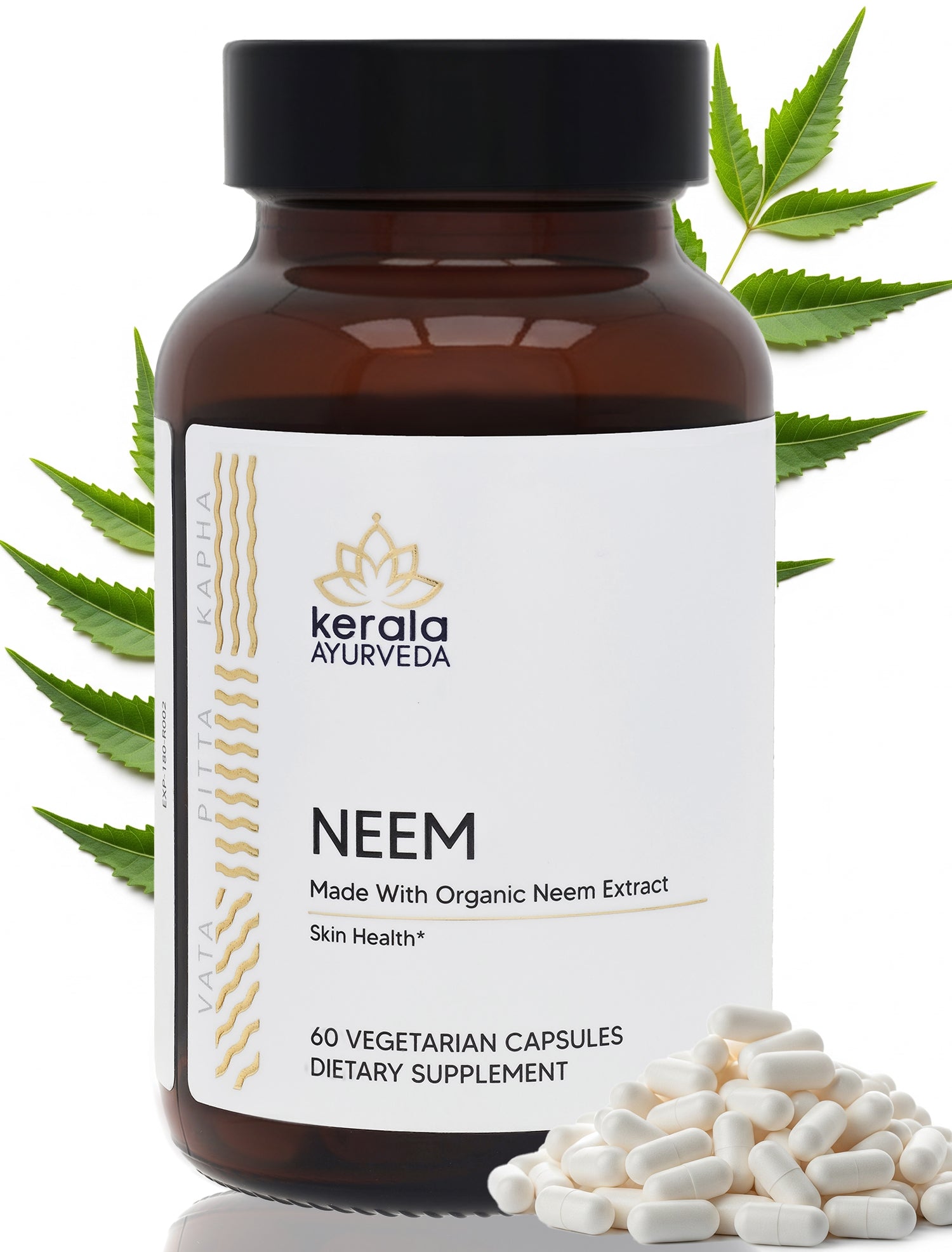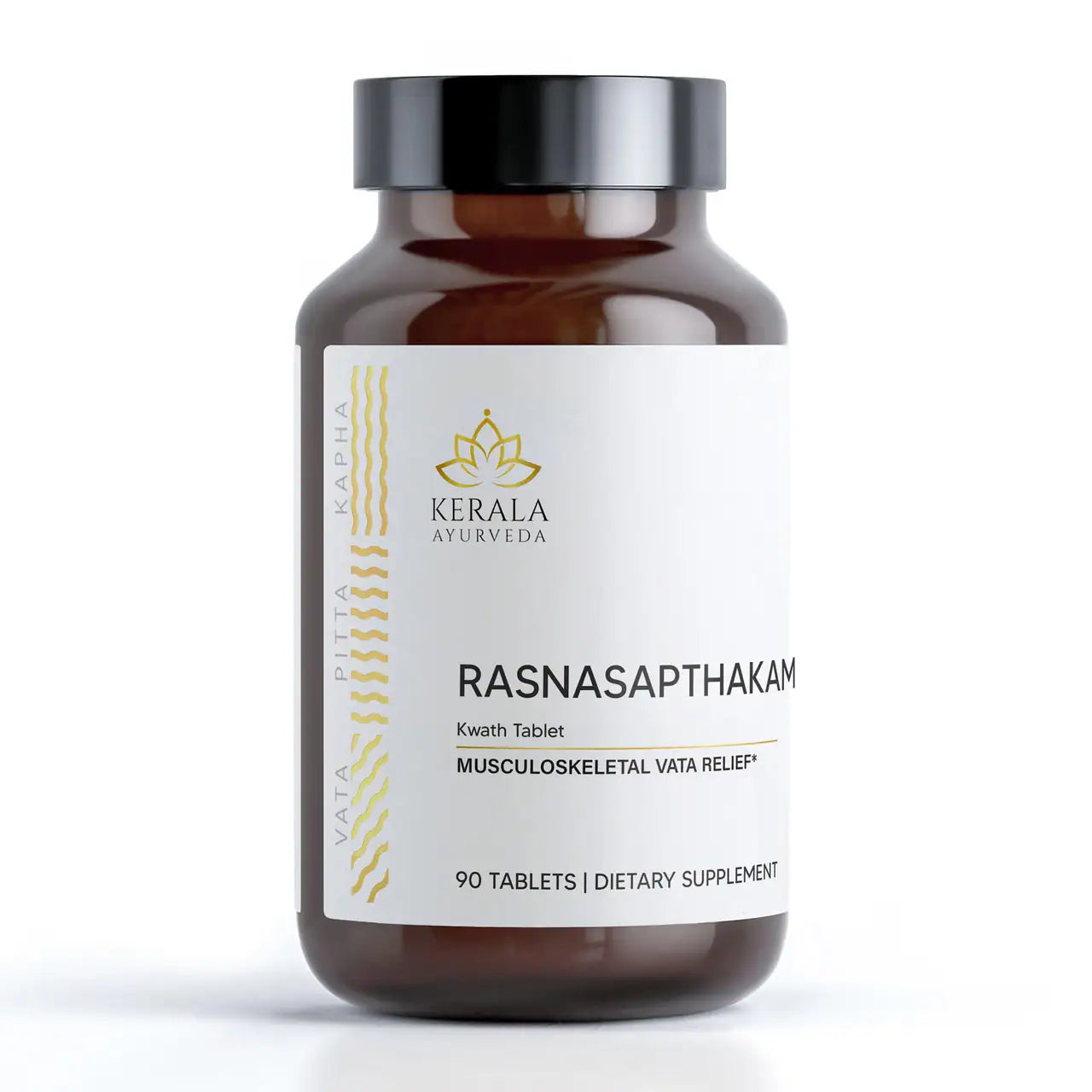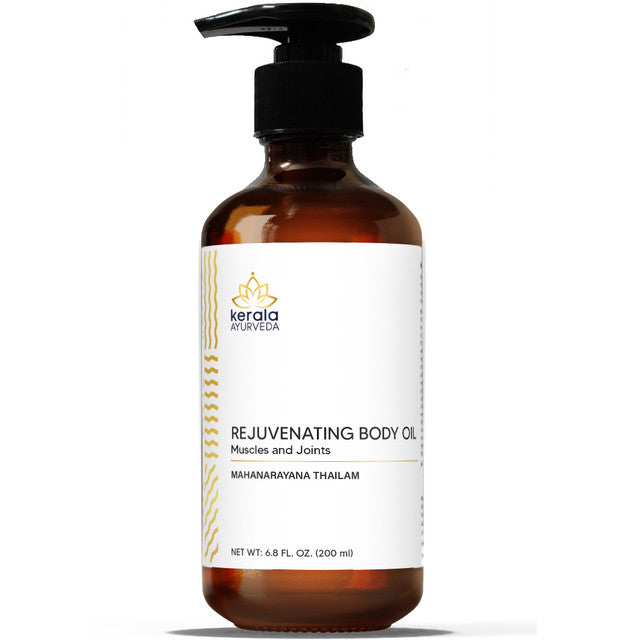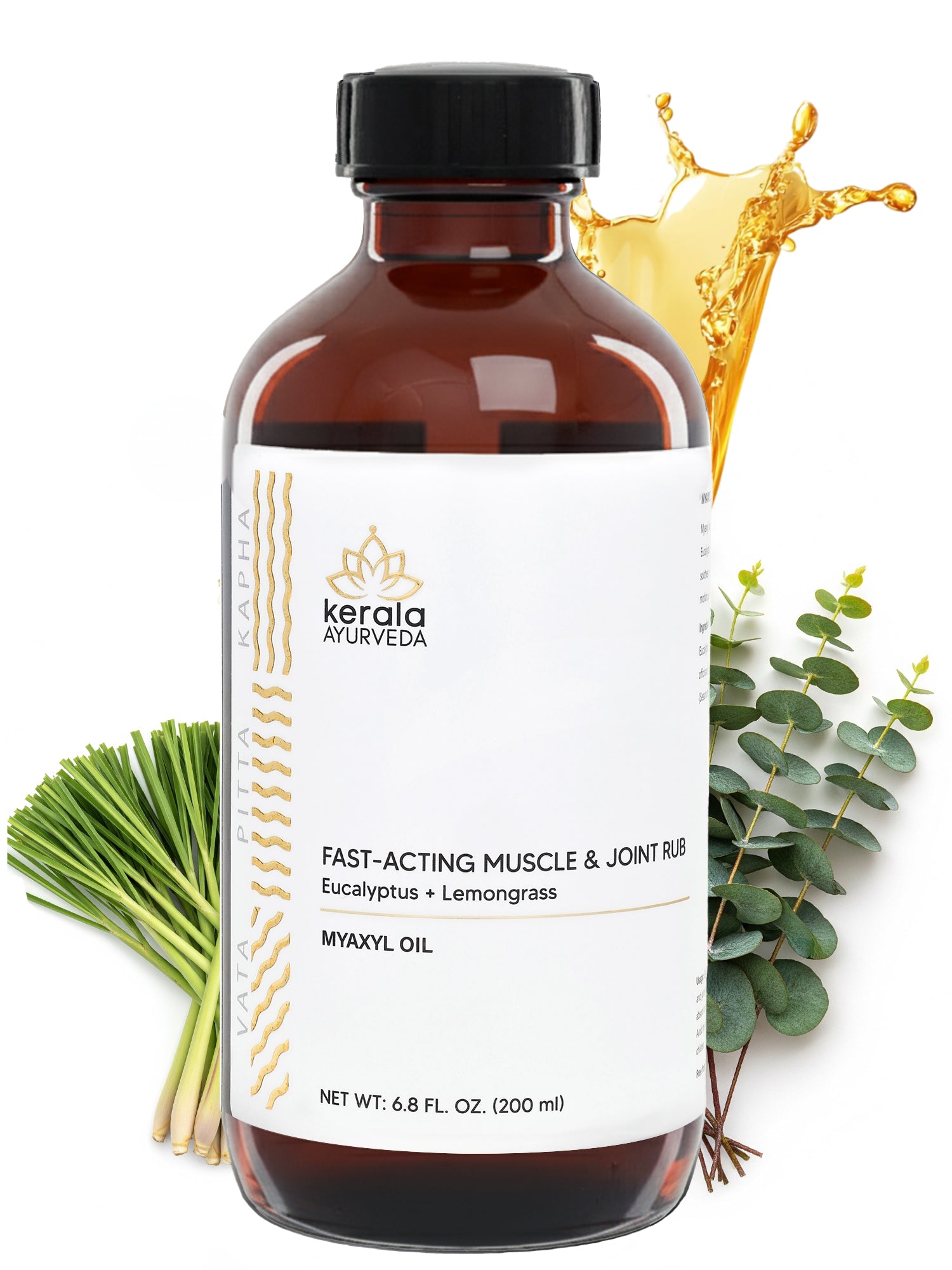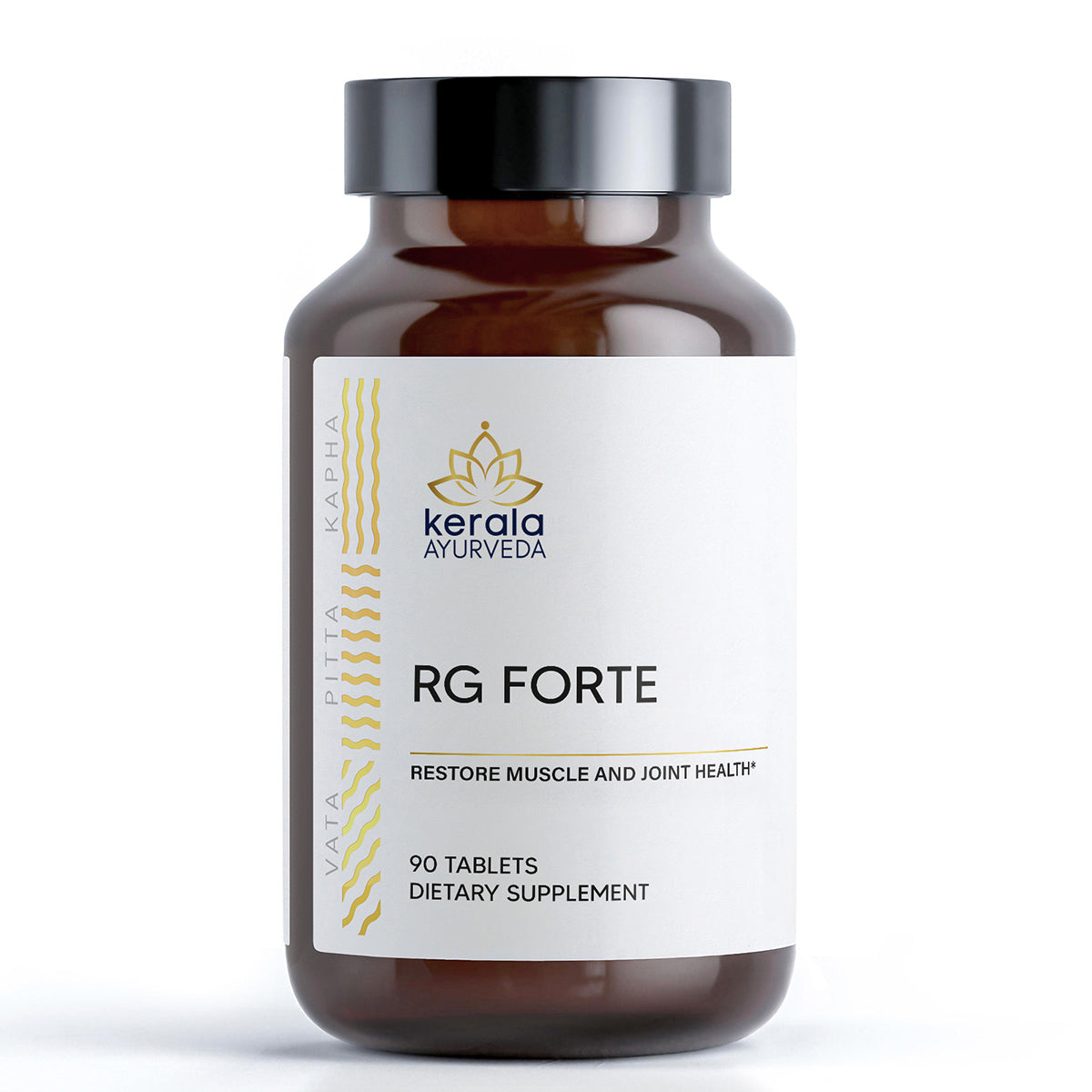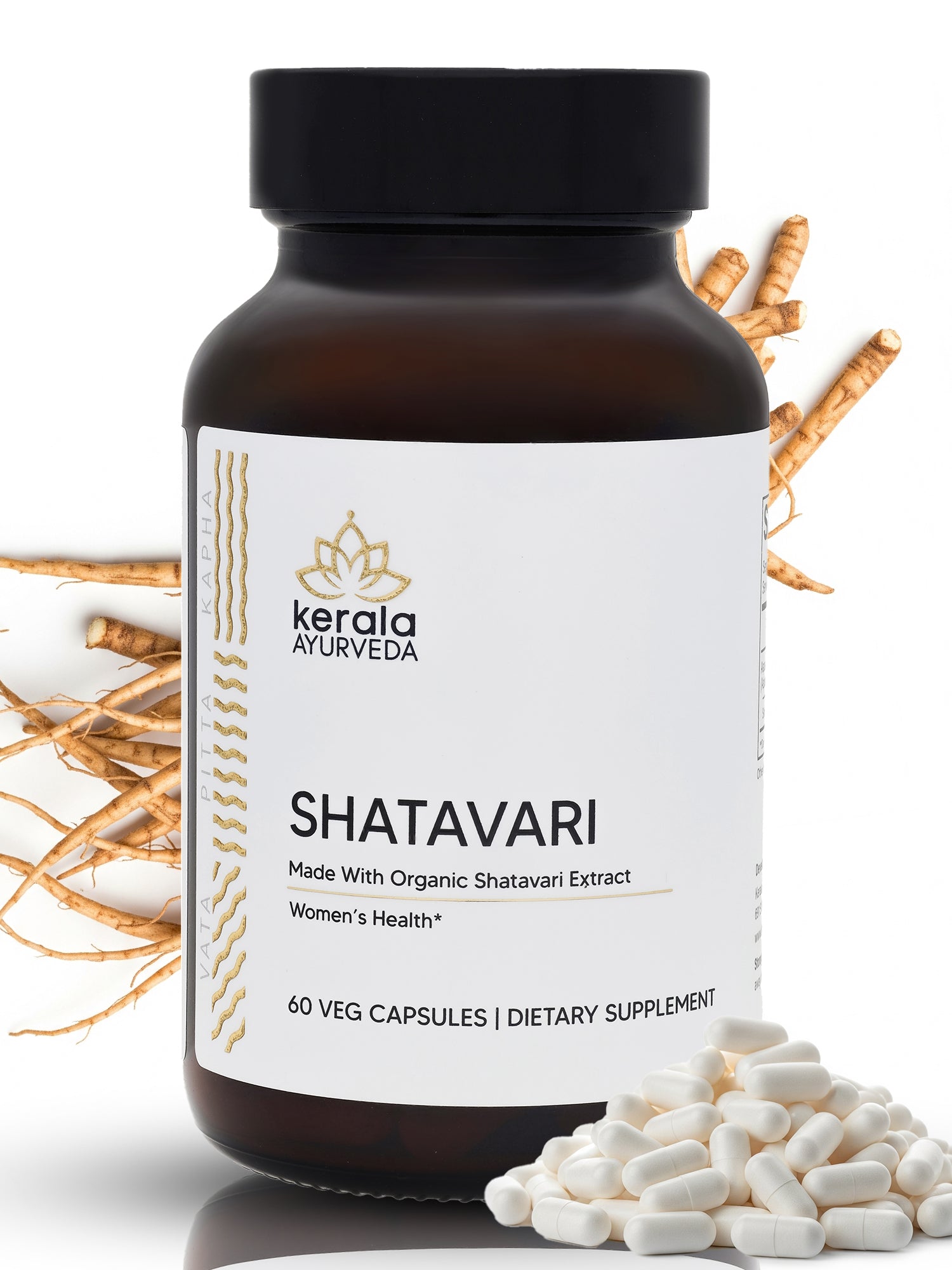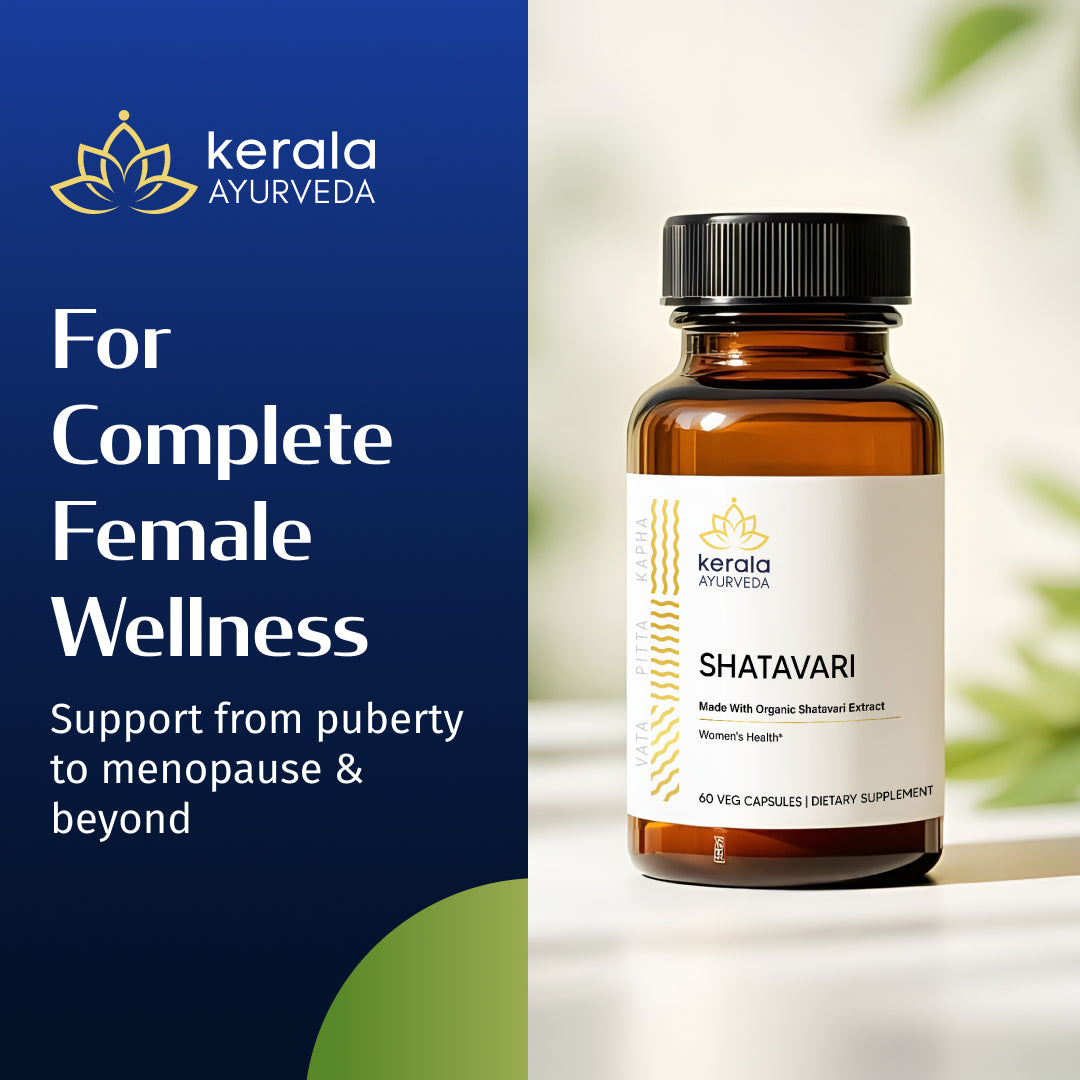Highlights
In the ancient wisdom of Ayurveda, certain plants stand as pillars of health and vitality. Among these botanical treasures, Shatavari (Asparagus racemosus) holds a special place, particularly for women's health. Known as the "Queen of Herbs" in Ayurvedic tradition, this remarkable plant offers support through every stage of a woman's life, from reproductive years to menopause and beyond. Let's explore this extraordinary herb and discover how it can nurture and balance the female body naturally.
Shatavari’s Long Ayurvedic History
Asparagus racemosus has been revered in Ayurveda for thousands of years. The name "Shatavari" itself reveals its historical significance in women's health, it derives from the Sanskrit words "shata" meaning "hundred" and "vari" meaning "husband" or "spouse." This poetic name, sometimes translated as "she who possesses a hundred husbands", reflects the herb's traditional reputation for supporting female fertility, vitality, and reproductive strength.

Shatavari is prominently featured in classical Ayurvedic texts, including the Charaka Samhita written by Charaka and the Ashtang Hridyam by Vagbhata, where it appears in numerous formulations specifically designed to address women's health concerns.
In Charaka Samhita, Shatavari is included in the Balya (strength-promoting) group of herbs and is a key ingredient in formulations for female reproductive disorders. Charaka specifically recommends Shatavari in preparations for irregular, absent or painful menstruation, as well as female infertility. Ayurvedic formulations include Phalaghrita, an herbal ghee preparation containing Shatavari recommended for supporting conception and healthy pregnancy, and Shatavaryadi Churna, a powdered or capsule formulation that supports rejuvenation of the female reproductive system.
Vagbhata's Ashtang Hridyam places Shatavari in the Vidarigandhadi group of herbs, which are primarily used for nourishing and strengthening the tissues. Vagbhata prescribes Shatavari-based formulations for supporting yonivyapat (women’ reproductive disorders), promoting breast milk production, and supporting female hormonal imbalances. Pushyanuga Churna, a compound containing Shatavari, is specifically mentioned for supporting excessive or irregular menstrual bleeding. Vagbhata also describes the use of Shatavari in kumara bharana (pediatric care) for nourishing newborns through enhancing the quality of breast milk.
Ayurvedic Energetics
According to Ayurvedic principles, every substance possesses specific energetic qualities that determine its effects on the body's doshas – vata, pitta, kapha (constitutional energies). Understanding Shatavari's energetics helps explain its balancing and nourishing actions.

Shatavari's properties in Ayurveda are characterized as:
- Rasa (Taste): Madhura (sweet) and Tikta (bitter)
- Guna (Qualities): Guru (heavy) and Snigdha (oily, unctuous)
- Vipaka (Post-digestive effect): Madhura (sweet)
- Virya (Potency): Sheeta (cooling)
- Effect on Tridosha: Balances Vata and Pitta
These properties make Shatavari particularly beneficial for conditions involving excess heat, dryness, or depletion in the body, which often manifest during female hormonal transitions. Its sweet taste and cooling energy provide nourishment to tissues while its bitter component aids in cooling and purifying the tissues.
Ayurvedic texts classify Shatavari under several important categories:
- Balya (Strength-promoting herbs)
- Vayasthapana (Anti-aging herbs)
- Madhura skandha (Sweet-tasting herbs)
- Rasayana (Rejuvenative herbs)
These classifications highlight Shatavari's role as not just a reproductive tonic, but as a comprehensive rejuvenative that promotes overall vitality and longevity for women.
Benefits Women in All Stages of Life
What makes Shatavari truly remarkable is its ability to support women through each phase of life, adapting to the body's changing needs from puberty through post-menopause.
Reproductive Years

During a woman's reproductive years, Shatavari offers comprehensive support for women’s reproductive health and fertility:
- Hormonal Balance: Modern research suggests that Shatavari may help balance female hormones and potentially benefit conditions affected by hormonal imbalance. Its gentle phytoestrogenic properties help modulate estrogen activity without overwhelming the system.
- Fertility Enhancement: Traditionally, Shatavari has been used to support the natural process of the follicle during ovulation and nourishing the womb for conception. It nourishes the reproductive tissues and supports healthy cervical mucus production, which aids in conception.
- Menstrual Support: Shatavari has historically been recommended for menstrual irregularities including heavy or prolonged menstrual bleeding. Its anti-inflammatory and antispasmodic properties may help ease menstrual cramping and discomfort.
- Sexual Health: The herb is renowned for its ability to address vaginal dryness and increase libido due to its nourishing and moistening qualities.
Pregnancy and Postpartum

During pregnancy and after childbirth, Shatavari continues to provide crucial support:
- Pregnancy Support: Studies suggest that Shatavari may support healthy pregnancy by nourishing the female reproductive system. Research has shown effects on the mammary glands and genital organs during pregnancy, indicating its potential role in supporting the body for childbirth and lactation.
- Lactation Enhancement: One of Shatavari's most celebrated uses is as a galactagogue, a substance that promotes breast milk production in nursing mothers. It is a common ingredient in herbal lactation-promoting products, and traditional practices include preparing Shatavari with milk to enhance milk production in new mothers.
- Postpartum Recovery: Beyond lactation support, Shatavari helps with overall postpartum recovery. It supports the normal shrinking of the uterus and helps to naturally slow bleeding during the initial weeks of post-delivery, making it an ideal herb for the postpartum period.
Menopause and Beyond

As women transition into menopause, Shatavari continues to provide meaningful support:
- Menopausal Symptom Relief: Recent clinical research supports Shatavari's traditional use for menopausal symptoms. A double-blind, multicenter, randomized controlled trial found that Shatavari root extract significantly reduced hot flashes, night sweats, sleeplessness, anxiety, nervousness, vaginal dryness, and loss of libido in menopausal women compared to placebo.
- Bone and Muscle Health: Research has shown that Shatavari supplementation in postmenopausal women improves handgrip strength suggesting benefits for maintaining strength and muscle function in aging women.
- Cognitive Support: As a rasayana or rejuvenative herb, Shatavari supports overall vitality, including mental clarity. Ayurvedic texts describe it as Medhya, an intelligence enhancer that is useful to relieve stress and to calm the mind.
- Antioxidant Protection: Shatavari contains potent antioxidants including a compound called racemofuran, as well as asparagamine A and racemosol. These antioxidants help combat oxidative stress, which increases with age and contributes to many age-related conditions.

Kerala Ayurveda Shatavari is a single plant extract in vegetarian capsules. One root that contains a world of wellness for every stage of womanhood. It's revered as the universal essential herb for complete female health, from puberty and motherhood to perimenopause and menopause.
Shatavari as Food
Incorporating Shatavari into daily life can be both therapeutic and delicious. Here are several ways to harness its benefits through food:

Shatavari Milk (Shatavari Ksheera)
One of the most traditional preparations is Shatavari herbal milk: 1 or 2 fresh or dry roots of asparagus is added to a cup of milk, and it is cooked for 5-10 minutes. Filtered. It is given to the new mothers early in the morning to improve breast milk production. This warming, nourishing drink can be enjoyed by women of all ages, not just nursing mothers. Adding a touch of cardamom, saffron, or honey enhances both flavor and herbal properties.
Shatavari Ghee
Herbal ghee preparations infused with Shatavari make an excellent carrier for the herb's fat-soluble components. The ghee can be used in cooking or taken directly. Traditional Ayurvedic texts mention Shatavaryadi Ghritham as an herbal ghee preparation is useful for supporting urinary tract disorders, including difficulty in urination and urinary stones. Beyond these specific indications, Shatavari ghee serves as an excellent general tonic for women.
Shatavari-Infused Honey
For those who prefer something sweet, Shatavari powder can be mixed with raw honey to create an herbal paste. This preparation is especially beneficial for supporting the reproductive system and enhancing libido.
Shatavari Herbal Jam
Traditional Ayurvedic preparations include Shatavari Gulam, an herbal jam with jaggery base. Useful for supporting women’s reproductive conditions, disorders of the urinary tract and liver. This sweet, herbal jam can be taken daily as a supplement.
Embracing the Nourishing Power of Shatavari
Shatavari offers remarkable support for women's health at every life stage. Its antioxidant properties help protect reproductive tissues from stress-induced damage, while its nourishing qualities support everything from menstrual health to fertility, lactation, and menopausal comfort.
While Shatavari benefits most women, it's important to consult with a qualified Ayurvedic practitioner before use, especially if you have excess kapha or ama (toxins) in your system. Due to its building, nourishing qualities, Shatavari may aggravate kapha imbalances or be difficult to process when significant ama is present. An Ayurvedic assessment can determine if preparatory cleansing is needed before beginning Shatavari supplementation.
Proper consultation is also essential during pregnancy, when nursing, or when taking medications. When appropriately used, Shatavari becomes a powerful ally in a woman's health journey, connecting modern women with thousands of years of Ayurvedic wisdom that supports feminine vitality and balance.
If you would like personalized guidance, consider scheduling an Ayurvedic Wellness Consultation for a tailored approach designed just for you. We would love to hear your wellness story and help you find the right Ayurvedic solution.

Note: This article is for informational purposes only and is not intended to diagnose, treat, cure, or prevent any disease. Always consult with a qualified healthcare provider before beginning any supplement regimen, particularly during pregnancy, nursing, or if you have any medical conditions.
References
-
Hebbar JV. (2015). Shatavari Asparagus racemosus Uses, Research, Side Effects. Easy Ayurveda. Retrieved from https://www.easyayurveda.com/2015/01/04/shatavari-asparagus-racemosus-uses-research-side-effects/
-
Pandey AK, et al. (2018). Impact of stress on female reproductive health disorders: Possible beneficial effects of shatavari (Asparagus racemosus). Biomedicine & Pharmacotherapy, 103, 46-49.
-
Sharma S, et al. (2024). Efficacy and Safety of Shatavari Root Extract for the Management of Menopausal Symptoms: A Double-Blind, Multicenter, Randomized Controlled Trial. PubMed, 38725785.
-
O'Leary MF, et al. (2021). Shatavari Supplementation in Postmenopausal Women Improves Handgrip Strength and Increases Vastus lateralis Myosin Regulatory Light Chain Phosphorylation but Does Not Alter Markers of Bone Turnover. Nutrients, 13(12), 4282.
-
Bopana N, Saxena S. (2007). Asparagus racemosus--ethnopharmacological evaluation and conservation needs. Journal of Ethnopharmacology, 110(1), 1-15.
-
Alok S, et al. (2013). Plant profile, phytochemistry and pharmacology of Asparagus racemosus (Shatavari): A review. Asian Pacific Journal of Tropical Disease, 3(3), 242-251.
-
Singh R. (2016). Asparagus racemosus: A review on its phytochemical and therapeutic potential. Natural Product Research, 30(17), 1896-1908.





